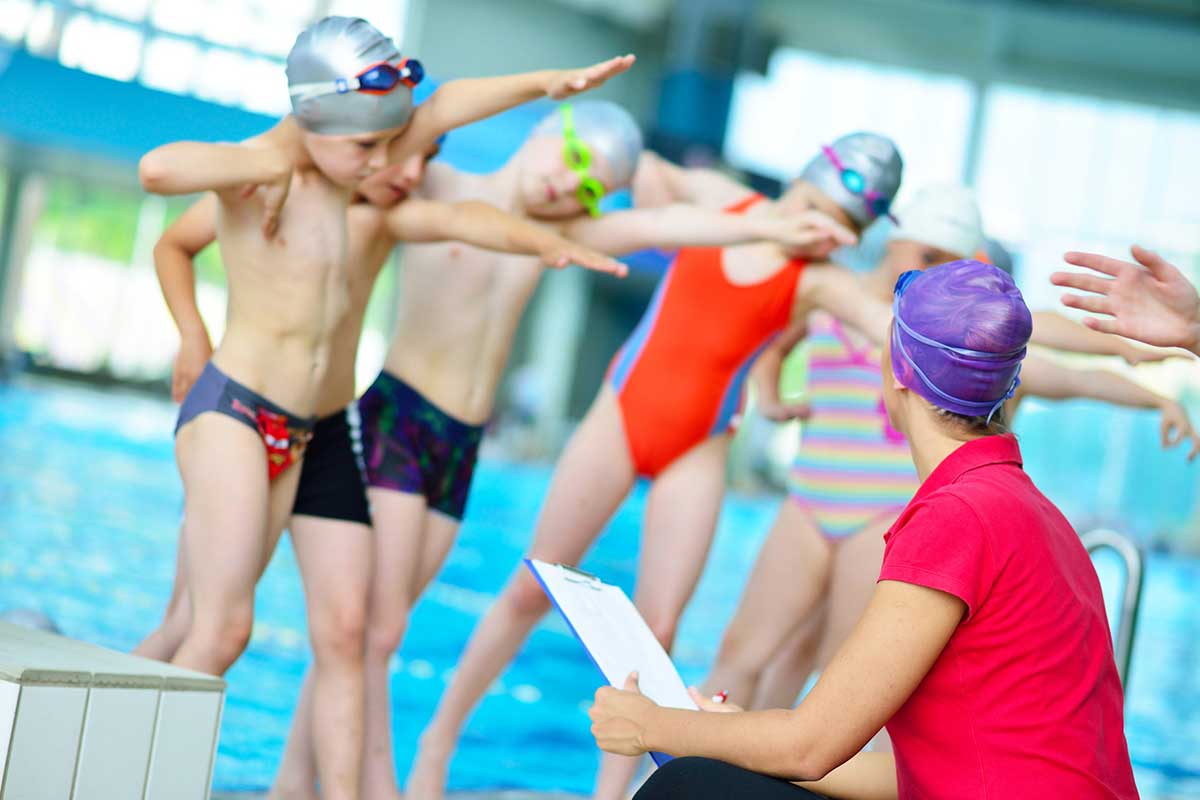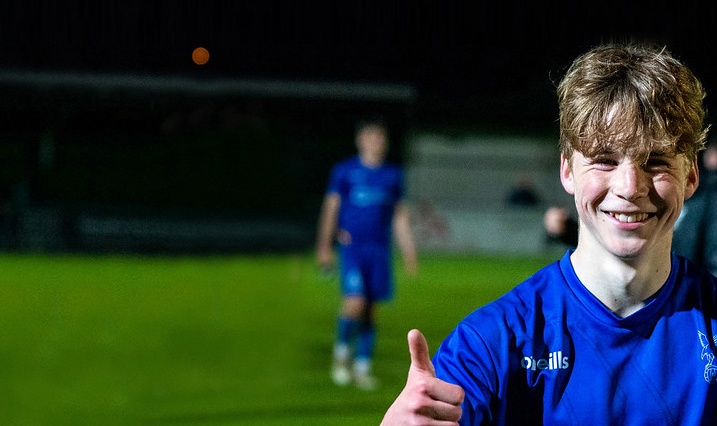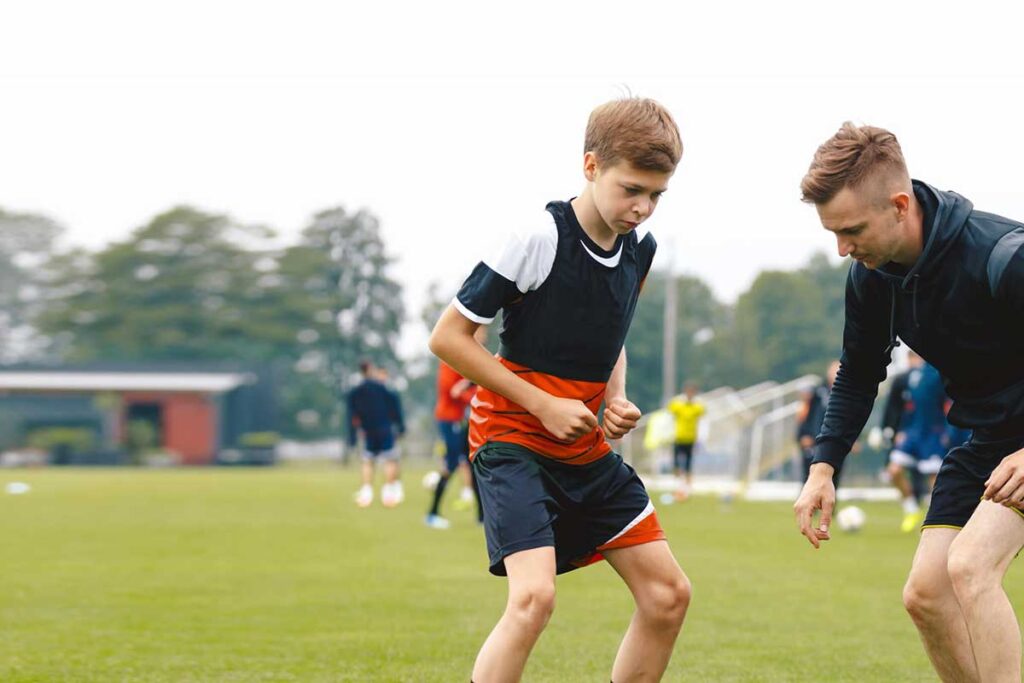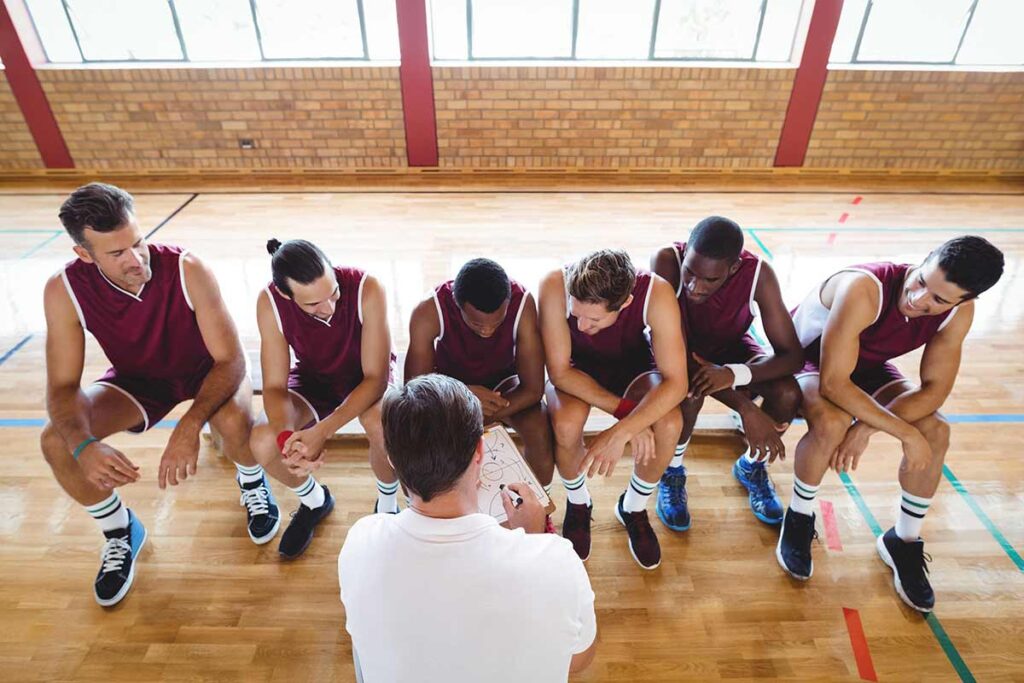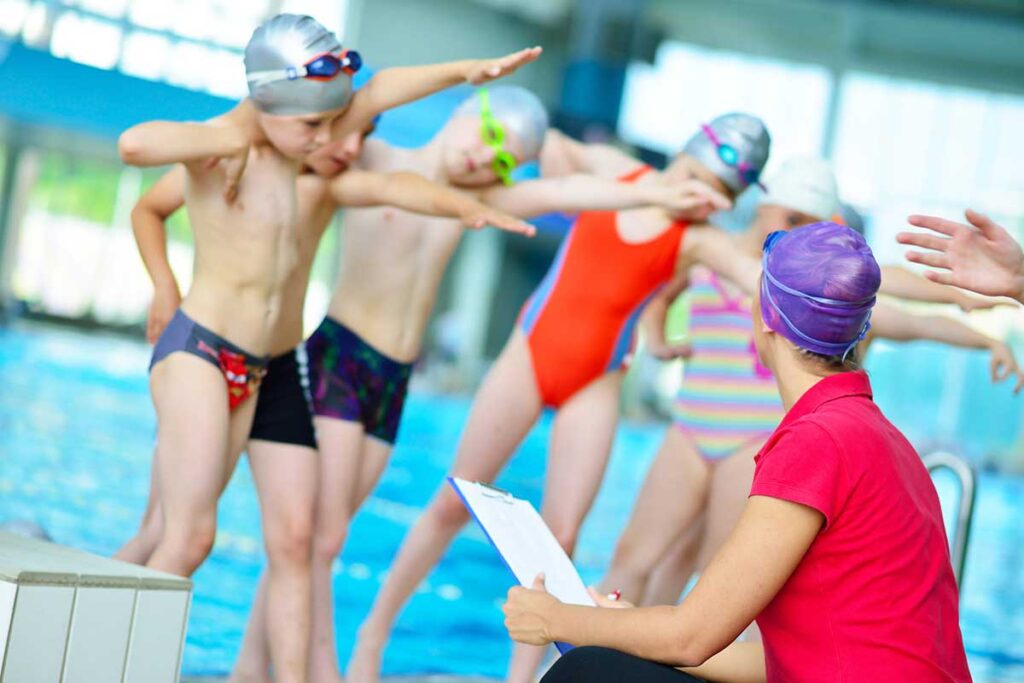How to combat stress when running a sports organisation
There’s no denying that we’re living through difficult, stressful times right now. But it’s important that we don’t allow our negative feelings and worries to get on top of us, and stop us from succeeding.
While stress is something that everyone experiences, it is particularly prevalent among those in leadership and management roles. And in sport, stress plays a substantial role in the athlete experience – whether that’s the physical stress their bodies face or the mental stress that comes with competitions and tournaments. It’s therefore something leaders and managers simply can’t ignore.
So, in this article, we’ll walk through how to identify stress, how it affects leaders, coaches and athletes differently, and finally, some key methods for coping.
But first, let’s start with the basics: what stress is, and the different types we may come across.
What actually is stress?
Stress is the body’s reaction to feeling threatened or under pressure. It is defined by the Mental Health Foundation as ‘the degree to which you feel overwhelmed or unable to cope as a result of pressures that are unmanageable.’ Although we may assume stress always has negative effects, it can actually have a positive impact on our daily lives too – and we’ll cover that later on.
What are the different types of stress?
There are three types: acute stress, episodic acute stress and chronic stress.
1. Acute stress
A key part of our day-to-day lives. A stressor will be placed upon us for a very short period of time. And once that stressor is gone, the body is no longer impacted
2. Episodic acute stress
This occurs when acute stress lasts for a while or repeats itself over a prolonged period of time
3. Chronic stress
This is ongoing, negative stress, and can lead to long-term health conditions
How does stress occur within sports organisations?
Within a typical sports organisation, there will be three groups of people: leaders, coaches, and athletes. It’s important to understand that among these different groups, the stress or stressors will be different, as their demands are different. Most importantly, though, each person within these groups is an individual. Therefore a stressor for one person will be different to that of another.
Stress in leadership and management
Grassroots clubs are no different to any other business. Therefore the stress on those leaders is no different from that on someone setting up their own shop, or a team running a restaurant. Are we making enough money to keep us going? Are we meeting the demands of the club? Have we got enough members/customers?
It can be easy for people in these positions to become bogged down in the many stresses of running a club (or a business) – particularly in challenging economical times like we’re currently living through.
Stress in coaching staff
Coaches in sports organisations take on a multitude of roles; from being an athlete’s mentor to being their confidant. They don’t only have to know their sport inside out, they have to be a psychologist, a manager, a friend – and they need to have in-depth knowledge of anatomy and physiology in order to provide accurate care for their athletes.
All of this comes with a lot of pressure and stress (and the more athletes coached can, and often will, multiply the stress). Not forgetting, too, the performance-related pressures of getting the teams or individuals to competitions and achieving results for the club.
Stress in athletes
Although acute stress is vital for high performance, it is essential to ensure athletes don’t become overwhelmed. If an athlete is overstimulated, they can suffer from breakdowns. And on the other hand, if an athlete’s body is under-stimulated, they’ll become bored and disinterested.
Therefore we need to strike the right balance so that our athletes remain in a state of ‘eustress’; this is beneficial stress. To achieve this, everyday stresses that are often neglected need to be managed – like exams, home and family life, and general anxiety around growing up.
What are the signs and symptoms of stress?
Now that we know how stress may be presenting itself differently amongst the three groups in our clubs, how can we go about spotting stress in individuals?
This is more difficult than just looking for the same symptoms. After all, we’re all very different. Therefore how we experience and perceive stress will be individual to us.
Despite there being many different signs of stress, we can group the symptoms into two distinct categories: physiological symptoms and psychological symptoms.
- Physiological symptoms can be tiredness, headaches, loss of appetite and an upset stomach
- Psychological symptoms can be depression, irritability, feeling unmotivated and problems with memory
It’s important that you familiarise yourself with these symptoms. If an athlete is frequently suffering from tiredness, or loss of appetite, for example, you need to be able to recognise that they’re struggling with stress – and act accordingly.
How can we cope with stress?
There are many potential stressors in our lives right now, and although it may feel very difficult, it is possible to find ways to cope with this stress. Here are some helpful tips to follow if you find yourself suffering:
Planning
Having a plan to focus on and keep you proactive is a great way to tackle stress. For example, think about how you can keep in touch with your athletes. How can you ensure they’re staying fit, healthy and active whilst they’re away (physically) from the club?
Another thing you could be planning is what you want to implement or do differently when we can return to sport. Perhaps you could decide what your objectives are for particular athletes or teams for week one, month one, or month three of returning.
Is there anything you need to do in terms of upskilling before normality resumes? There may be courses or webinars to attend that will provide you with new knowledge; allowing you to set new goals for the team.
Having this plan of action will help you to feel focused. It will remind your brain that there are very tangible achievements and progress points you can, and will, meet. The part of your brain telling you to stress will soon realise that there is no need to feel anxious or worried – all is under control.
Managing expectations
Being part of a sports organisation comes with many pressures – whether that’s pressure from parents, expectations from coaches, the club and also the athletes. With a lot of people asking for a lot of different goals, it can be easy to overpromise and underdeliver.
But this is the last thing we want. Instead, have conversations with these stakeholders about expectations.
If a coach has an expectation about what their athlete should be achieving, then that needs to be communicated to the athlete. Likewise, it needs to be communicated to their parents, too. This way, everyone is aware of the goal – and they can all work towards it without anyone facing undue stress.
The relationship between management and coaching staff can also face strain when it comes to expectations. One way this can be relieved is for leaders to create effective ‘job descriptions’ so that coaches know exactly what is expected of them. They can therefore manage their workloads accordingly, and focus on what they now know to be the management’s priorities.
What about managing athlete stress?
When it comes to helping athletes cope with stress, there are two key considerations:
- Training stress – this type of stress is mostly physical, so ensure that there are enough rest periods amongst training schedules to reduce the risk of injury or overload on the body
- Competition stress – this is a more mental type of stress. Competitions or matches are highly stressful events, and often there is a lot of expectation on the athlete to perform. But small factors can throw them off, for example, the fact there may be a crowd – something they don’t experience during training. Overcoming these kinds of stressors comes with practice. Try holding control events, such as a mock competition, so that athletes can become more familiar with the process
Avoidance and denial is going to do nothing to prepare athletes for stress. Instead, we need to be exposing them to these stressors, so that they can cope in a positive way, and become more accustomed to them.
Remember, stress isn’t always a bad thing. Of course, we need to be aware of episodic acute stress, and chronic stress – we certainly do want to avoid these types. But eustress has a positive impact on our lives and pushes us, and our athletes, to succeed.
If you are struggling at the moment, remember to put a plan in place and manage expectations. This will provide you with a focus and help you cope with any feelings of negative stress.
This article was based on a live video hosted by Alex Row, LoveGymnastics Community Ambassador. If you’re involved with a gymnastics or football club and are interested in watching similar events in future, join our dedicated Facebook Communities:



